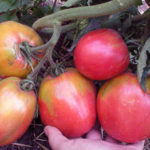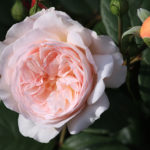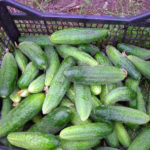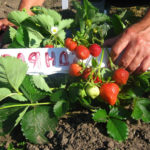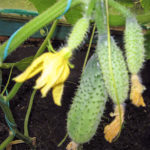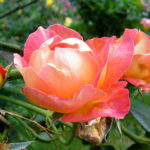Colorado spruce Waldbrunn
Among the many spruce trees and bushes common in landscape design, there is a relatively small group called "thorny spruce". They are often called also "Colorado", according to the region of origin - the Rocky Mountains in the western United States, or "blue Colorado spruce", according to the predominant color of the needles. Over the past century and a half, breeders have created many varieties of this subgroup, one of which we will now describe.
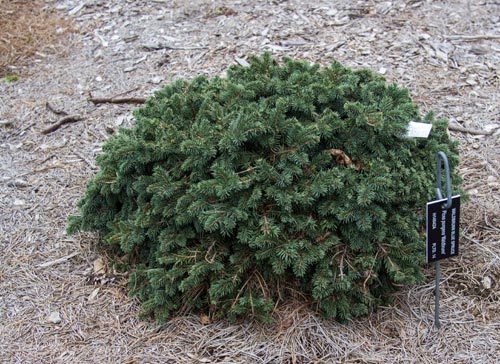
History of origin
Waldbrunn variety (Picea pungens Waldbrunn) was bred in one of the nurseries in Germany by breeder Rolf Friedrich in 1984. It got its name from the name of the town where the nursery itself was located. It is noteworthy that for a long time the variety remained "in the shade" and was little known in Europe. Interest in it has arisen only in the last 15 years.
Description of appearance
Waldbrunn is a typical example of a dwarf variety that, even at the age of ten, does not exceed 0.6 meters in height. An adult plant rarely grows up to 1.5 m. It is curious that its width may turn out to be even greater, besides, the shape of the crown is often concave in the middle. All this makes it possible to compare it with a bird's nest.
Interesting! With age, the concavity gradually disappears, the crown takes the form of a wide cone, and it is just right to call it a "wide-brimmed hat".
The needles are short, about 1.5 cm, tough and strong, very prickly, silvery-gray, sometimes with a more pronounced blueness, especially pronounced on young shoots. The branches are thickened, but short, grow densely, almost horizontally. In terms of crown density and compactness, this spruce is in the group of leaders.
The extremely slow growth rates allow the tree to do practically without cutting. It is noticed that if you tie the central shoot to the support, the cone shape of the crown increases.
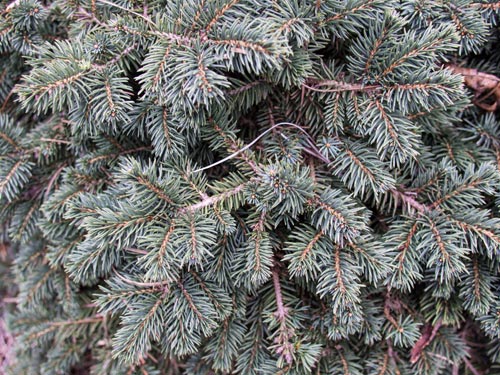
Features of agricultural technology
Waldbrunn is relatively unpretentious, does not require any special approaches. The soil prefers moderately fertile, well-drained, preferably with a slightly acidic reaction. He likes the earth to be slightly wet all the time, but will firmly survive a certain period of drought. Like all ate, it does not tolerate stagnant moisture near the roots.
It develops better in well-lit places, which, nevertheless, shade for at least a few hours a day. Confidently survives a drop in temperature to -20 °, in other cases a light winter shelter is desirable. This is especially true for very young specimens.
Use in landscape design
Most often in Europe, this spruce is sold as a tub plant. Fits perfectly into a rocky garden, rockery, brings revitalization to small groups of plantings. Can be used as a curb, a fence for a small alley. Lost on a large plot, but looks great in tiny garden corners, even on balconies and loggias.
As if trying to catch up with lost ground, the Waldbrunn spruce is becoming a popular garden ephedra, decorating small yards, summer cottages and rock gardens.
